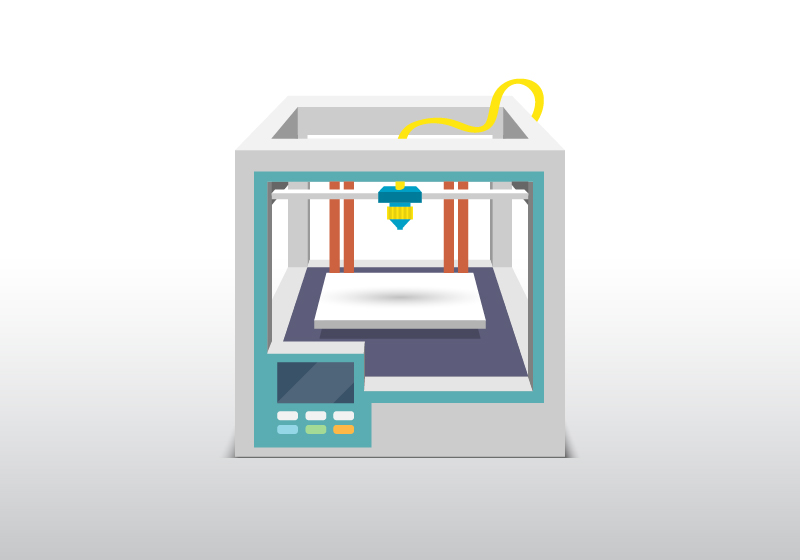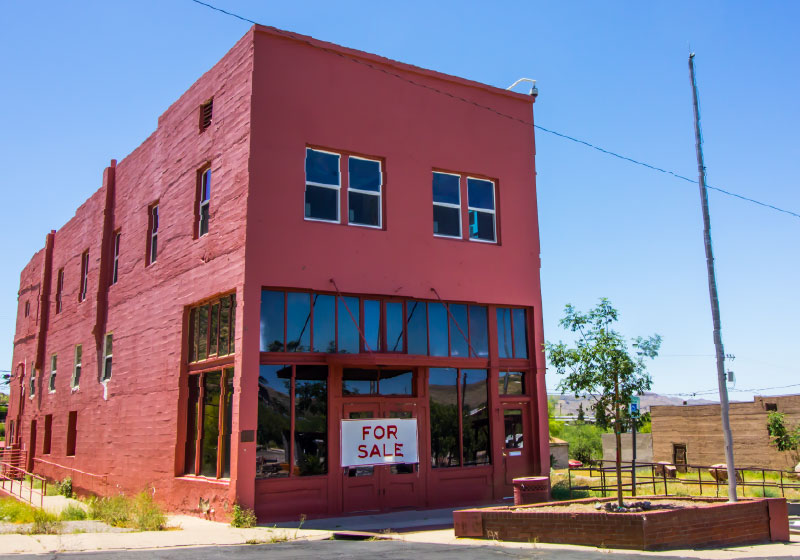3D printing has been utilized in various projects over the last few years, mainly in Europe. Even though it’s still thought to be in its early stage, developers are seeing the benefits that 3D printing can offer. Now Canada and the United States are joining the shift to a more sustainable form of construction in commercial real estate. Here’s how the next generation of buildings could look if printing takes over.
Waste Not
Carbon emission reduction has been incorporated into almost every company’s mission statement in an attempt to stop irreversible damage to the planet. As it’s become more efficient, 3D printing could be the solution to the large amount of waste caused by traditional construction. New builds and retrofitting combine for almost 40% of the world’s carbon emissions. The whole process from transporting materials to land development adds more chances for waste and air pollution to be released into the environment. 3D printing is a near “zero net” technique, meaning it emits almost zero pollution. Not only are they more eco-friendly on the front end, but printed materials are easier to recycle and reuse for other projects.
Lowering Costs
Along with less pollution from transportation, the costs of printed materials could also be lower. Labor costs would be significantly reduced since the bulk of the work is being done by the printer on site. There’s not as many middle men to pay for supplies, meaning a lower overhead for developers, trickling down to lower lease prices for tenants. This is especially important as the need for affordable housing is only expected to grow in the coming years.
European Beginnings
Similar to the trend of mass timber constructions, 3D printers started popping up across Europe from Munich to London. Spurred by the Canal House in 2013, a few stores like Nike and BMW incorporated printed concepts into their construction. However, these were smaller parts mainly for displays and not necessarily factored into the main structure. Then in 2016, the Europe Building in Amsterdam combined old and new techniques for a way of the future. Now, German group Peri is building their second residential building. They hope that this will be a blueprint for other companies to show that large-scale commercial properties are attainable through 3D printing.
Tennessee Turning the Corner
Back across the pond in the United States, a Chattanooga credit union is laying claim to being the first glass fiber reinforced concrete (GFRC) façade. Branch Technology created a façade that was both durable and lightweight. BT states that they were able to use almost 20 times less material than a traditional building. The panels are also self-cleaning and water repellent, making them “smarter” as well. This is just one small step in what could be the future for commercial construction.
Canada’s Affordable Village
Canadian nonprofit World Housing is applying the cost efficiency of 3D printing to solve the country’s homeless issue. Joining forces with Twente Additive Manufacturing (TAM), World Housing is working towards getting permission for the first affordable housing community. Following the footsteps of Texas-based 3D builder ICON and TAM’s first house, the Fibonacci, TAM and World Housing are looking to make an impact on homelessness and the environment. The three main benefits they list are increased accessibility from the printer’s maneuverability, lower costs up front and on the back end for tenants, and better design for the world. If successful, the Nelson, B.C. village will be another testament to the benefits of 3D printing.
A 3D Future
While 3D printing has been popularized through individual projects and is making progress on the commercial side, it’s still in infancy. The zero net aspect and decreased investment are definitely attractive, but there are other hurdles to be cleared yet. Mainly, there would need to be new construction codes drafted to deal specifically with 3D prints. More tests would be needed for long-term durability, fire resistance, and environmental forces like blizzards and hurricanes. Companies like Dutch MX3D and Italian architect Enrico Dini have been experimenting with metal and sand printers to hopefully curtail these concerns. It may take some time before skyscrapers are almost entirely printed, but it’s possible they’ll be some combination of the past and the future.
Old or new, you need to know that your building is safe for your tenants. Schedule a professional inspection from NPI to get the knowledge you need.



